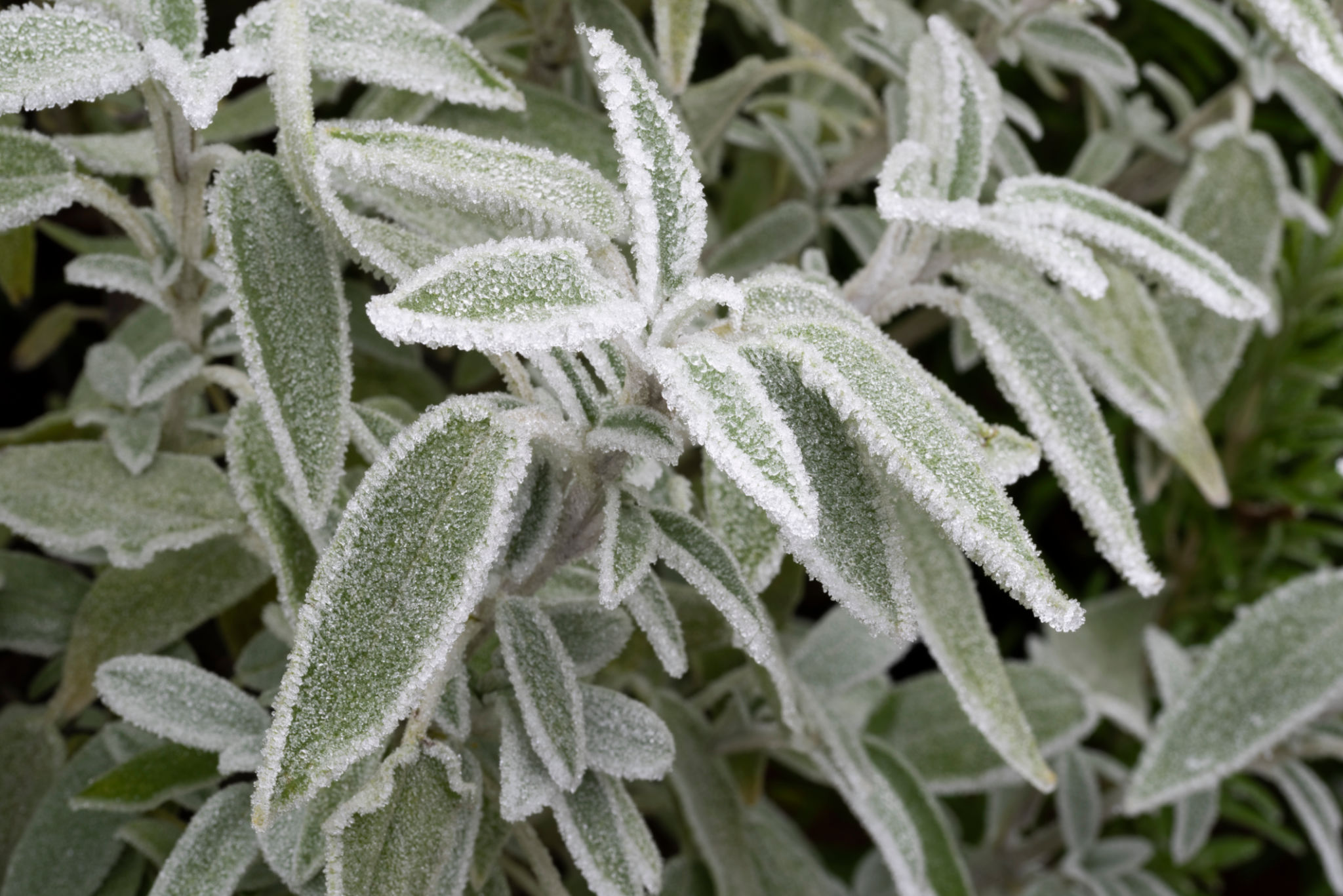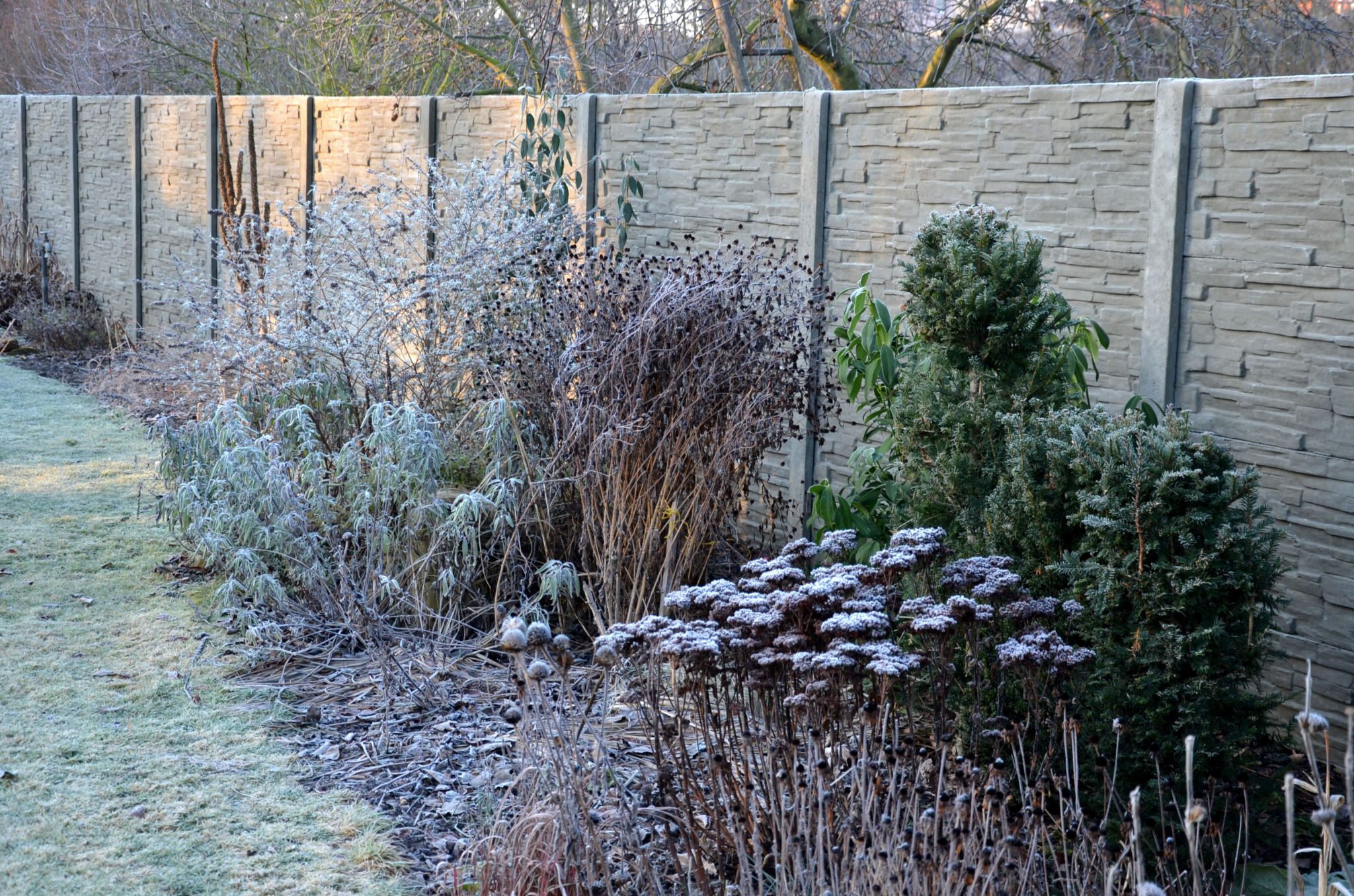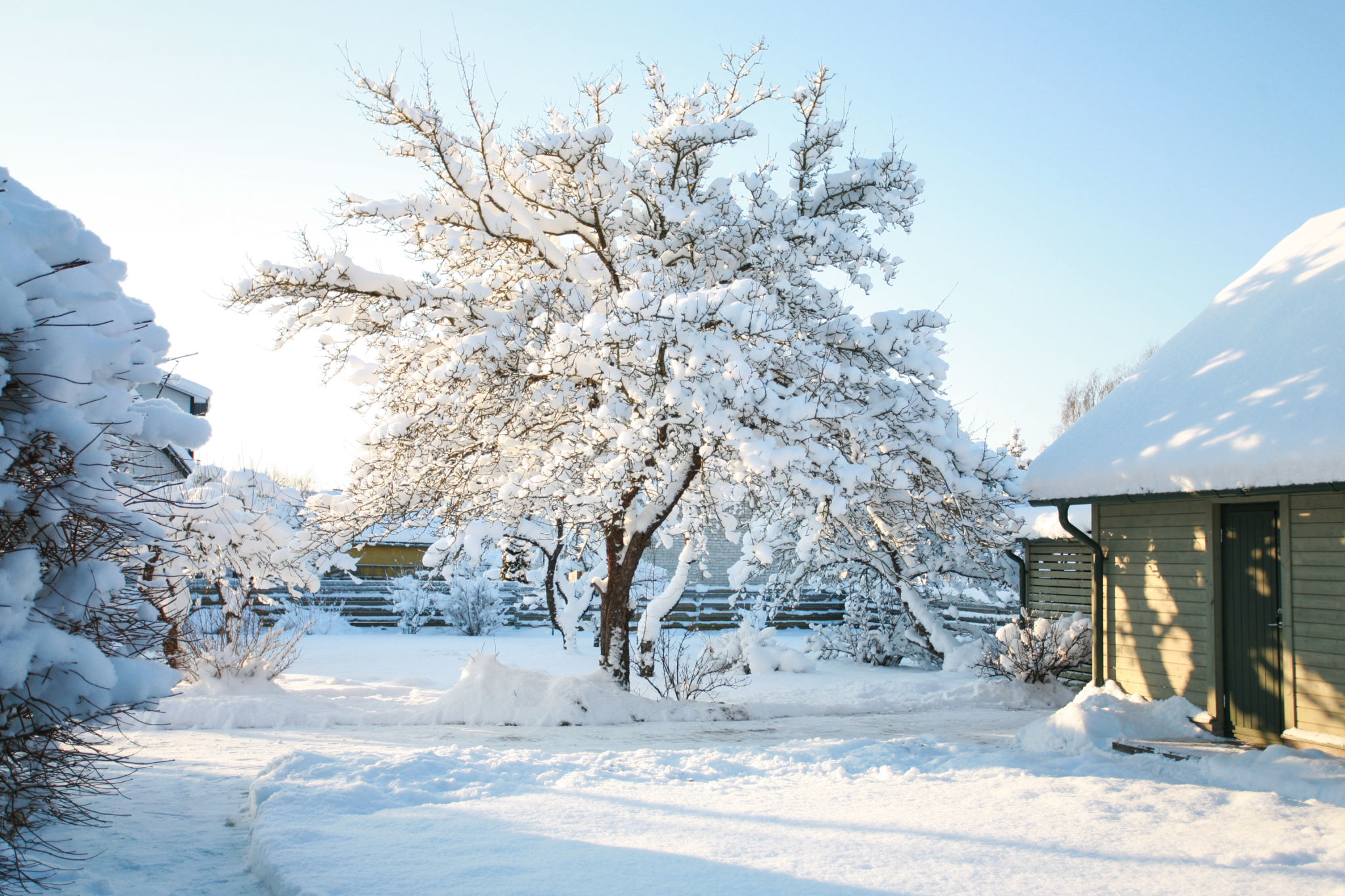How to Prepare Your Garden for Winter in Hamilton: A Step-by-Step Guide
HS
Understanding Hamilton’s Winter Climate
Preparing your garden for winter in Hamilton begins with understanding the region's climate. Hamilton experiences cold, snowy winters, which can be harsh on plants and soil. Knowing what to expect can help you take the necessary steps to protect your garden.

Cleaning Up the Garden
Before the first frost, it's important to clean up your garden. This includes removing dead plants, weeds, and other debris. Not only does this make your garden look tidier, but it also prevents pests and diseases from overwintering in your garden beds.
Remove Dead Plants and Weeds
Begin by pulling out any dead plants and weeds. Be sure to dispose of them properly to prevent any diseases from lingering in your garden. If you're composting, only add healthy plant material to your pile.
Protecting Your Perennials
Perennials are a beloved part of many gardens, offering beauty year after year. However, they require some care to survive the winter. Start by cutting back perennials that have died back, leaving about 2-3 inches of stem.

Mulching for Insulation
Apply a thick layer of mulch around the base of your perennials. This acts as insulation, protecting roots from the freezing temperatures. Mulch also helps retain moisture and reduce soil erosion during the winter months.
Caring for Trees and Shrubs
Trees and shrubs are often the backbone of a garden, providing structure and height. Winterizing them is crucial to ensure their health come spring. Water them well before the ground freezes to ensure they have adequate moisture through the winter.

Pruning Techniques
Prune any dead or diseased branches to prevent them from breaking under the weight of snow. However, avoid heavy pruning in late fall, as this can stimulate new growth that won't survive the winter.
Preparing Your Soil for Spring
Winter is an excellent time to prepare your soil for the next planting season. Start by turning over the soil and adding organic matter like compost or well-rotted manure. This enriches the soil and improves its structure.
Cover Crops for Soil Health
Consider planting cover crops such as clover or rye. These crops help prevent erosion, suppress weeds, and enhance soil fertility when tilled under in the spring.
Final Considerations
Finally, take some time to plan for next year. Reflect on what worked well in your garden and what didn’t. Sketch out a plan for new plantings or changes you’d like to make. With proper preparation, your garden will be ready to flourish once the warmer months return.
